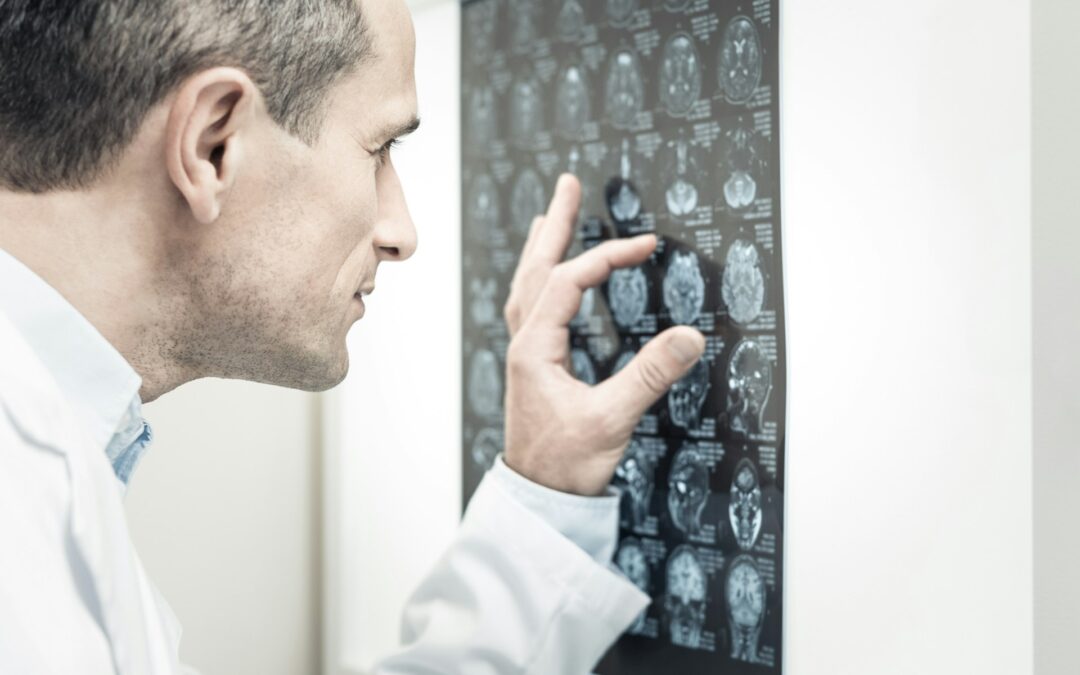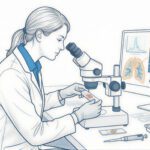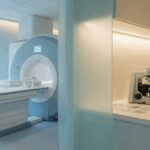When a loved one passes away, understanding the causes behind their death can provide critical answers and peace of mind. One important aspect is understanding what happens within the brain.
Postmortem neurological diagnosis, often performed through a brain-only autopsy, plays a key role in uncovering conditions and diseases that were present in the brain. This specialized type of autopsy focuses on examining the brain to diagnose neurological conditions that might not have been detected during the deceased’s lifetime.
Many families find comfort in knowing the exact cause of neurological conditions that affected their loved ones. Knowing the truth can bring closure, help with grieving, and prevent similar issues in the future by informing living family members about any hereditary conditions.
So, let’s delve into the science behind postmortem neurological diagnosis, exploring the methods used, the importance of accurate findings, and the benefits it provides to both families and the medical field.
Understanding Postmortem Neurological Diagnosis
Postmortem neurological diagnosis involves examining the brain after death to identify any diseases or conditions that may have affected the deceased. This can include illnesses like Alzheimer’s, brain tumors, strokes, and other neurological disorders. By analyzing the brain tissue, pathologists can look for changes and abnormalities that were not visible during the person’s life.
Pathologists use special tools and techniques to study the brain in great detail. They can detect tiny changes in brain cells, identify plaques and tangles associated with dementia, and spot signs of trauma or disease. These findings help in understanding how these conditions affected the brain and contributed to the person’s death.
This type of diagnosis is not just about finding out what happened; it also provides valuable information that can help living family members. If a hereditary condition or disease is discovered, it can alert family members to seek medical advice and take preventive measures. Understanding postmortem neurological diagnosis helps us appreciate its role in uncovering vital health information and providing closure for families.
The Methods Used in Brain-Only Autopsies
Brain-only autopsies focus solely on examining the brain, using specific methods to ensure a detailed analysis. Here are the key steps involved:
1. External Examination: The first step is a careful inspection of the scalp and skull. This can reveal signs of trauma or other external factors that might have affected the brain.
2. Brain Removal: The pathologist makes an incision in the scalp and carefully removes the brain from the skull. This process requires precision to avoid damaging the brain tissue.
3. Detailed Inspection: Once the brain is removed, it’s weighed and measured. The pathologist examines it for any visible abnormalities, such as tumors or hemorrhages.
4. Sectioning: The brain is then sliced into thin sections. These slices allow the pathologist to study the internal structure of the brain in detail. Each section is examined under a microscope to detect microscopic changes and abnormalities.
5. Special Stains and Techniques: Certain stains and techniques are used to highlight specific brain features. For example, stains can reveal the presence of amyloid plaques in Alzheimer’s disease or other markers of neurological conditions.
These methods ensure a comprehensive examination of the brain, revealing important details about neurological conditions that may have been present. Each step provides valuable insights that contribute to a clear and accurate diagnosis.
Understanding these methods helps us see the complexity and precision involved in brain-only autopsies and why they are essential for postmortem neurological diagnosis.
The Importance of Accurate Neurological Findings
Accurate neurological findings are crucial for several reasons. First and foremost, these findings help determine the exact cause of death, closing any gaps in understanding. Families dealing with a loss need complete information to make sense of their loved one’s death. Correct neurological diagnoses can provide this clarity, turning uncertainty into understanding.
Accurate findings also influence medical and legal decisions. In some cases, the cause of death may affect legal proceedings, such as insurance claims or criminal investigations. Neurological autopsies give precise evidence that can be critical in these contexts. Pathologists must ensure that their findings are accurate to support any legal needs.
Not to mention, accurate neurological findings aid in medical research. Understanding how diseases like Alzheimer’s and Parkinson’s affect the brain helps develop new treatments. Every accurate diagnosis contributes to a larger body of knowledge, advancing our understanding of neurological conditions. This aids doctors in better preventing, diagnosing, and treating these diseases in the future.
Finally, when autopsies are accurate, they help family members understand their own health risks. If a hereditary condition is identified, living relatives can take steps to manage their health proactively. This can prevent future suffering and improve overall family well-being.
How Postmortem Neurological Diagnosis Benefits Families and Medicine
Postmortem neurological diagnosis offers significant benefits for both families and the medical community. These benefits stretch beyond just understanding the cause of death. Here’s how:
1. Family Peace of Mind: Knowing what caused a loved one’s death brings closure. It helps families move through grief with a sense of understanding and acceptance. Satisfactory answers can ease the emotional burden, assisting in the healing process.
2. Health Awareness: Discovering hereditary conditions can inform families about potential health risks. Relatives can seek medical advice and preventive care, ultimately leading to better health outcomes.
3. Legal and Insurance Clarity: In both legal and insurance situations, postmortem diagnoses provide clear evidence. This can be essential for resolving disputes and claims, protecting family rights and interests.
4. Advancing Medical Research: Every diagnosis adds to the understanding of neurological diseases. Researchers can study these findings, develop new treatments, and enhance existing ones. Future patients benefit significantly from the knowledge gained through these autopsies.
5. Educational Value: Medical students and professionals learn from accurate autopsy reports. These reports become educational tools, helping train the next generation of pathologists, neurologists, and other healthcare workers.
How Science Advances Postmortem Neurological Diagnosis
Postmortem neurological diagnosis is an essential practice that benefits both families and the wider medical field. By providing detailed information on the causes of death, it offers families the closure and understanding they need during tough times.
It also informs them of potential hereditary conditions, guiding them towards better health management. In the medical community, accurate neurological findings contribute to research, education, and the development of new treatments, ultimately improving patient care in the long run.
Understanding the science behind postmortem neurological diagnosis underscores its importance in revealing critical brain conditions. For those facing the devastating loss of a loved one, these autopsies can be a source of invaluable answers.
If you need more information on how postmortem brain examination services or are considering an autopsy for a loved one, contact 1-800-Autopsy. We are here to support you through this challenging process and provide the answers you need.








